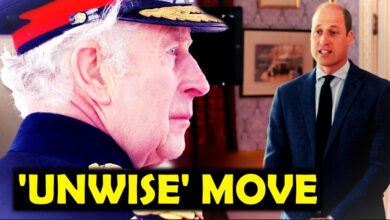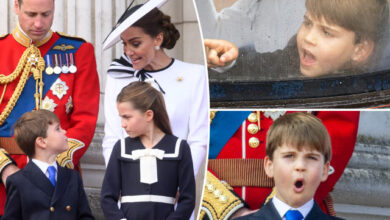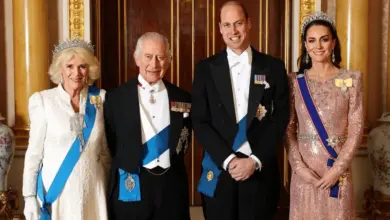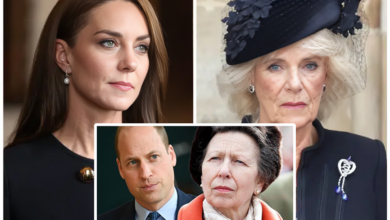Catherine TEARFULLY Watched William Face Great Pressure After Her & King Charles’s Cancer Announced
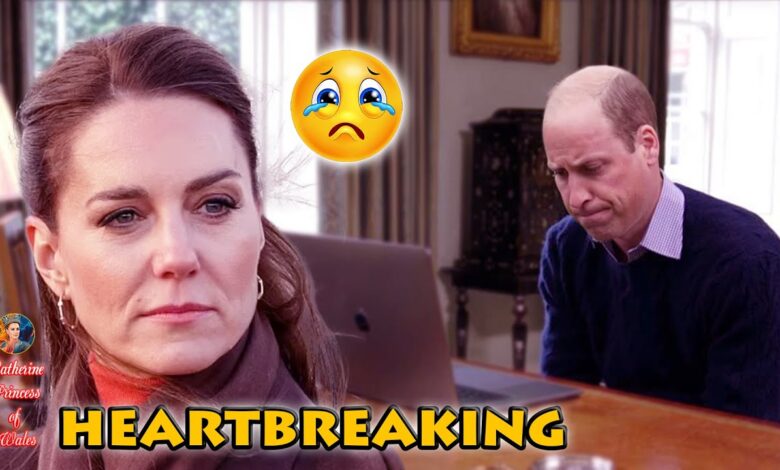
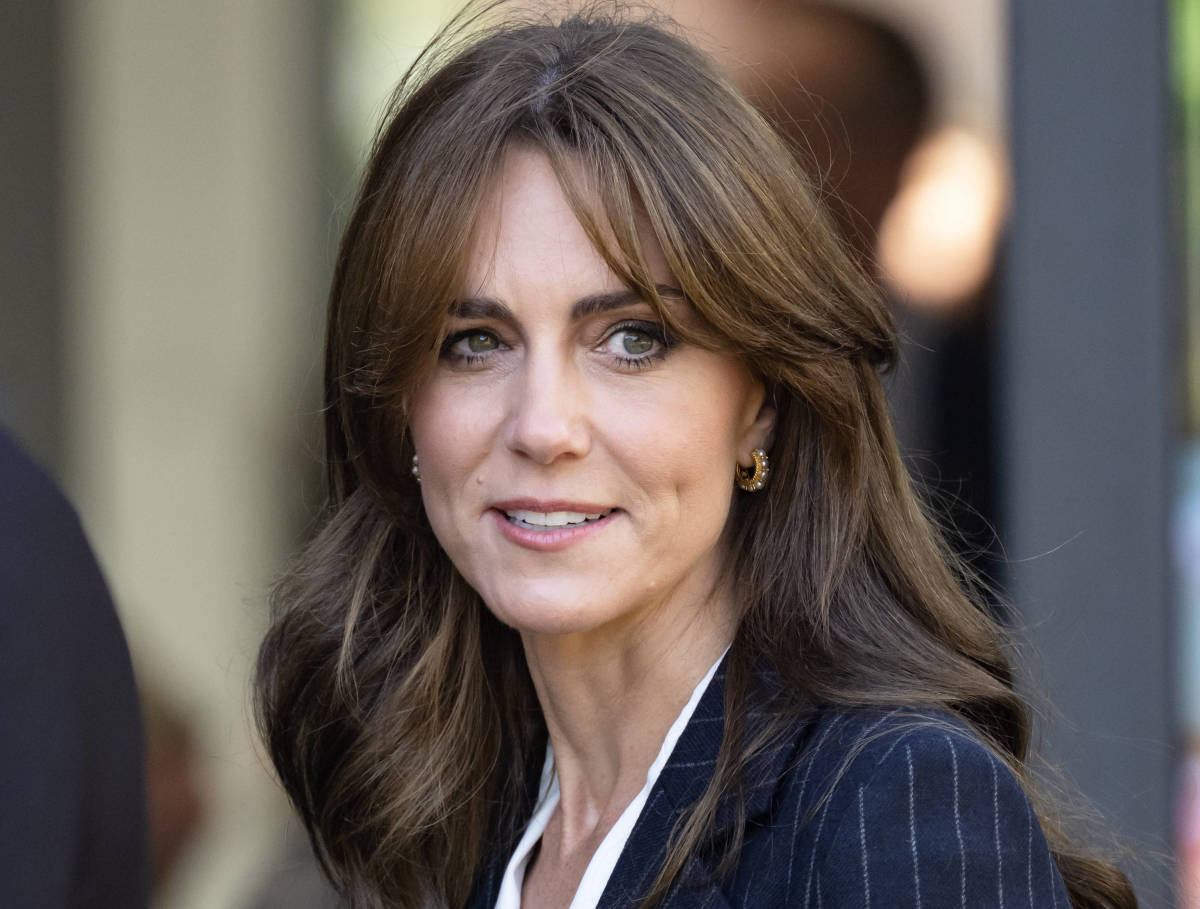
In the serene yet imposing halls of the monarchy, a storm brews, not of scandal or intrigue, but of personal health crises that tug at the heartstrings of the British public and royal observers worldwide. Recent announcements have revealed that King Charles and Princess Katherine, the Princess of Wales, are both battling cancer. This news casts a somber shadow over the palace, with the royal couple pausing all public duties to focus on their treatment and recovery. Amidst this challenging scenario, Prince William, the Duke of Cambridge, finds himself at a crucial juncture, grappling with the dual demands of personal family crises and the heavy responsibilities of his imminent future as the king.
Personal Struggles Amid Royal Duties
The fabric of Prince William’s character is woven with threads of resilience formed under the pressures of royal life and personal grief. William’s life has been marked by a series of profound losses and challenges, including the tragic death of his mother, Princess Diana, and more recently, his grandmother, Queen Elizabeth II. These events have sculpted his role not just as a royal but as a man who has had to navigate considerable personal anguish in the public eye.
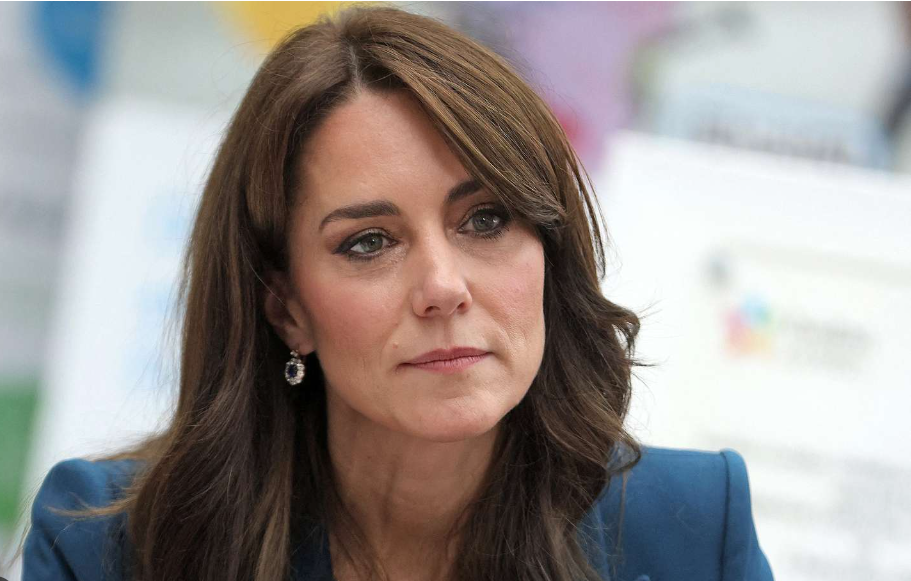
The current health challenges facing his father and wife add a profound layer of complexity to his role. As King Charles and Princess Katherine step back from the public sphere to fight their health battles, the mantle of royal responsibilities increasingly falls upon Prince William’s shoulders. Herein lies the crux of his current ordeal—balancing the delicate scales of personal loyalty against the unyielding demands of his royal duties. The Duke’s struggle encapsulates the age-old conflict faced by monarchs throughout history: the clash between the private self and the public role.
The Weight of the Crown
Royal author Robert Hardman remarks on the enormity of the demands placed upon Prince William during this tumultuous period. As King Charles and Princess Katherine temporarily recede from their royal obligations, William steps forward as the outward-facing leader of the monarchy. This shift is not merely administrative but deeply symbolic, heralding a potential early taste of his future as king. It thrusts him into the limelight in a way that few other events could, testing his readiness to navigate the monarchy through crises.
Investitures and public appearances become more than ceremonial; they are reassurances to the public and affirmations of the monarchy’s stability. As Prince William handles these duties, each step he takes is weighted with the possibility of his accelerated ascension to the throne. The psychological and emotional load of this reality can be daunting. How does one prepare to become a monarch when the very foundation of one’s personal life is under threat?
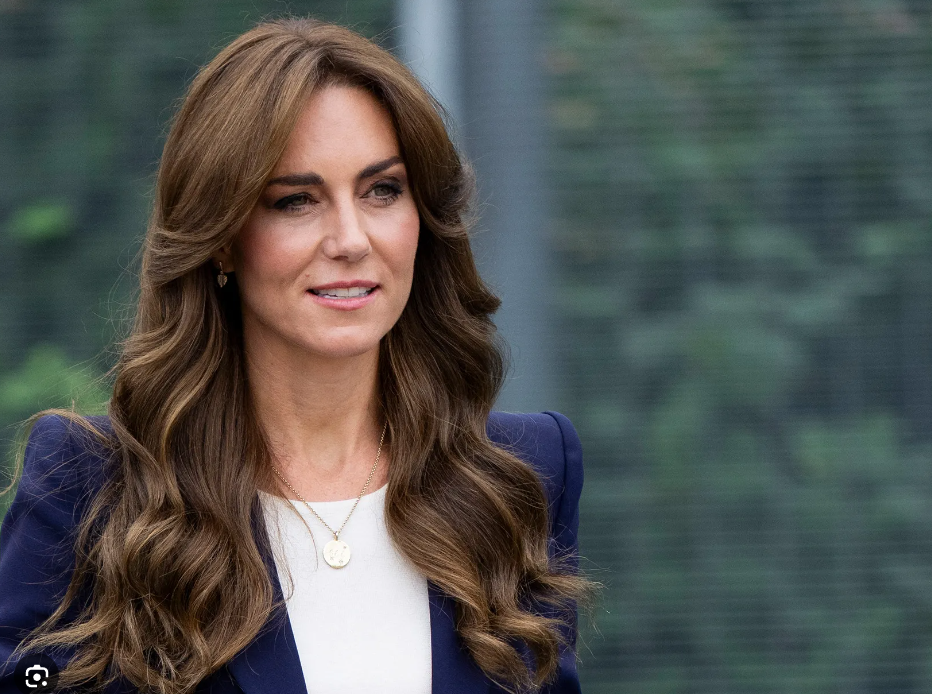
Finding Strength in Partnership
Amidst these trials, the bond between Prince William and Princess Katherine becomes an invaluable source of strength. United not just by duty but by genuine affection, their relationship is a pillar upon which William leans. The couple’s ability to share their vulnerabilities and fears privately creates a powerful counterbalance to their public roles. In moments of private reflection, they find solace in each other’s company, which helps them to navigate the complexities of life under intense scrutiny.
This partnership extends beyond mere companionship; it is a strategic alliance that fortifies them against the external pressures of their positions. As they discuss their emotions and the impacts of chemotherapy, they forge a deeper understanding, which in turn strengthens their capacity to face the public with poise and dignity.
The Role of the Public and Personal Support Networks
Importantly, Prince William is not alone in his journey. The support from the broader royal family, friends, and a multitude of well-wishers provides a network of encouragement and solidarity. This community support is crucial, buffering the harshness of his trials and energizing him to meet his responsibilities with courage and integrity.
Moreover, the public’s role cannot be understated. Their continued interest and support in the monarchy, especially during times of crisis, reinforce the relevance and necessity of the royal family in contemporary Britain. As they observe Prince William’s handling of these personal and public challenges, there is a collective rooting for his success, a shared investment in the stability and continuity of the national symbol he represents.
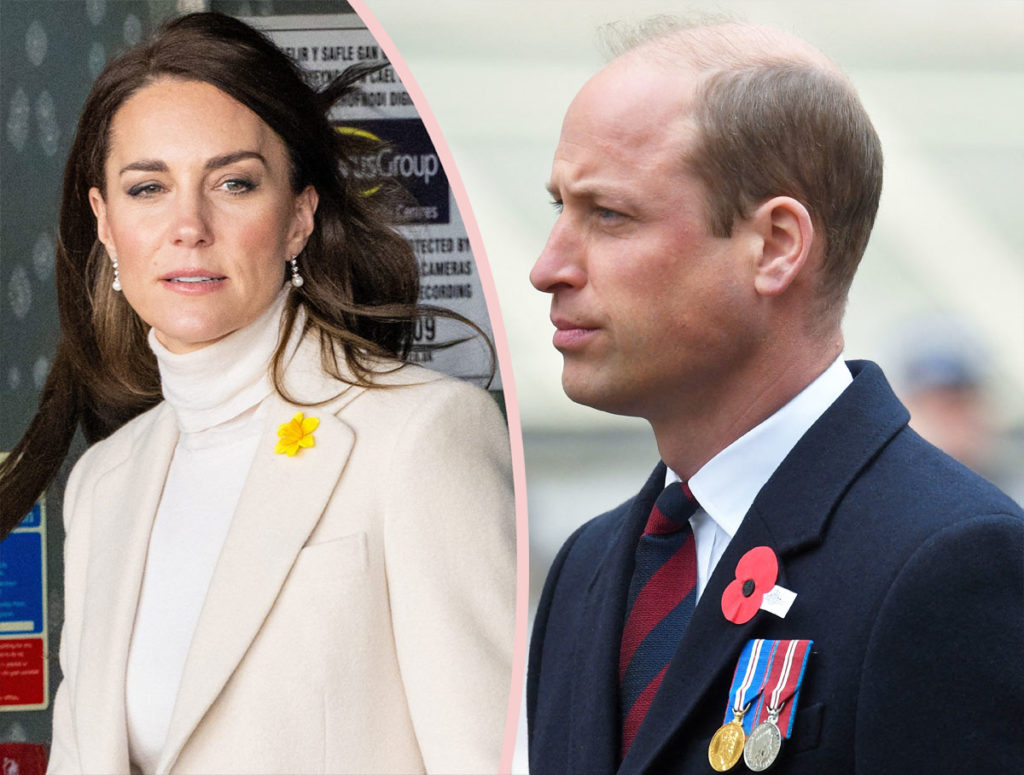
Conclusion
As Prince William confronts these converging pressures, his actions and decisions will define not just his future reign but also the immediate future of the British monarchy. His resilience and leadership during this period not only honor his commitments but also reassure a nation and a world watching closely. Through the trials posed by his family’s health issues and the weight of impending kingship, Prince William’s journey is a testament to the enduring strength required of a modern monarch. It highlights the intricate balance of leading a life of public service while navigating profound personal challenges, illustrating that even princes must draw upon almost superhuman reserves of strength in the face of adversity.

